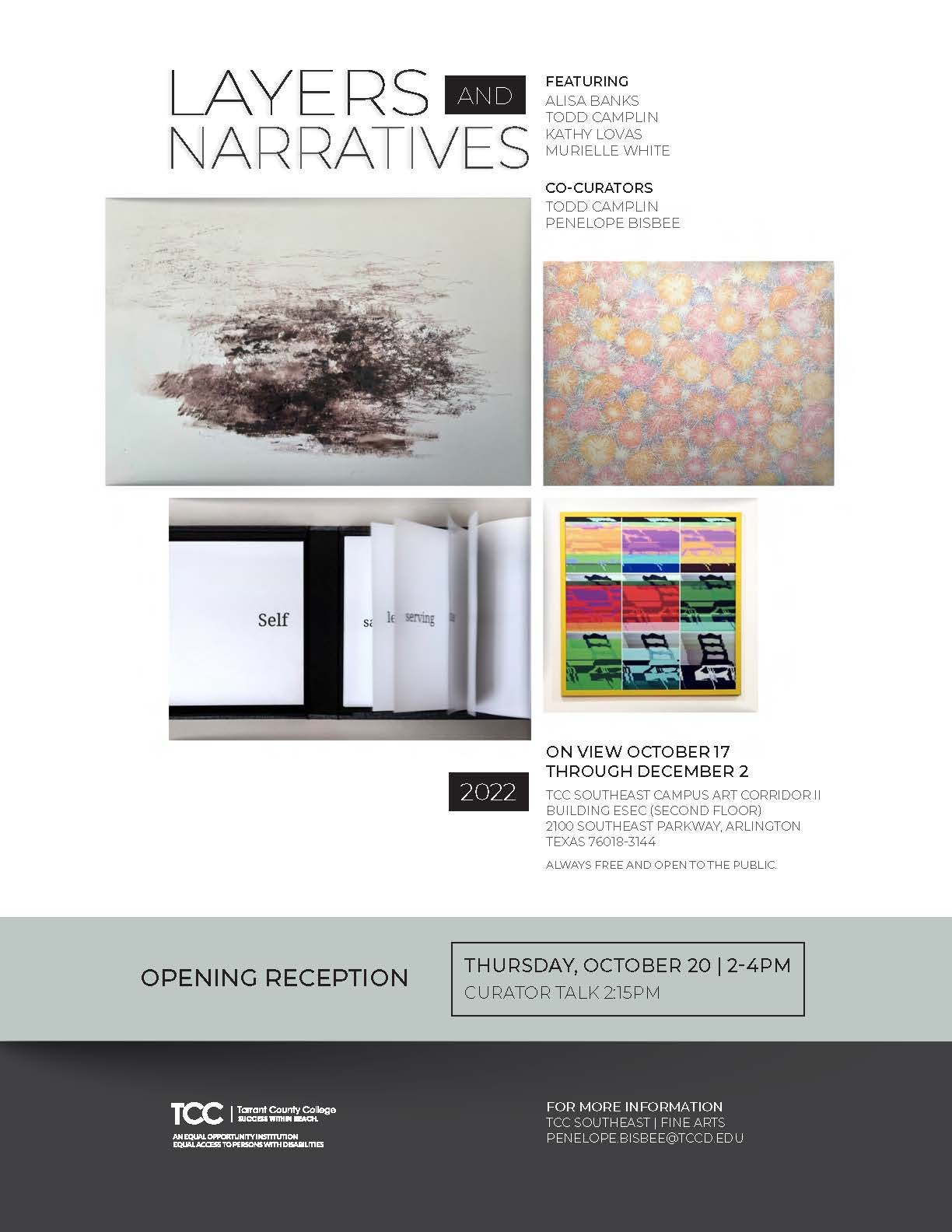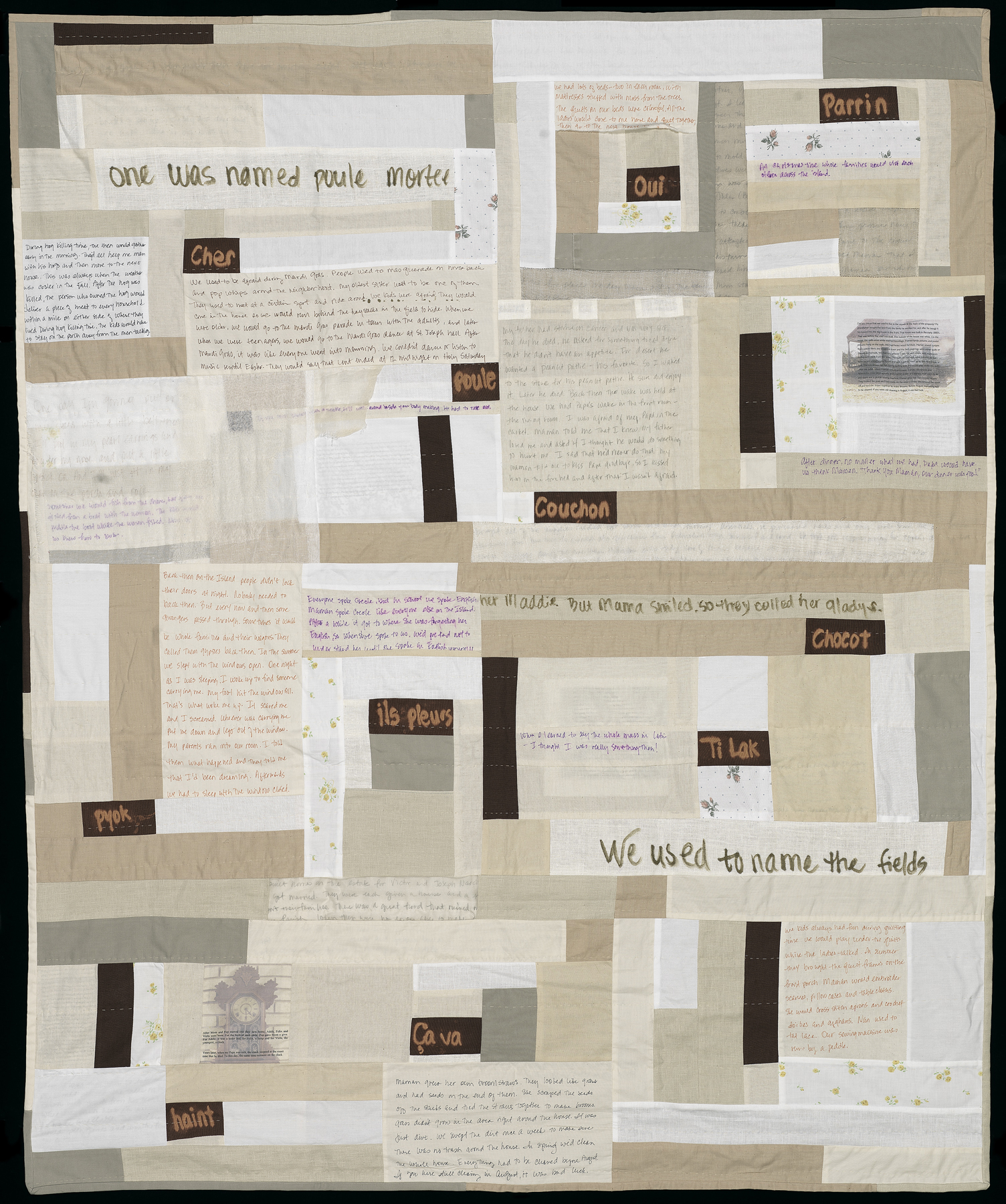I’m happy to announce that five of my books, including two new works, “Things I’ll MIss” and “Loci” are on view in “Layers and Narratives,” an exhibition at Tarrant County College, Southeast Campus from October 17 to December 2. This is the first in a long while that I’ve exhibited work locally and I’m excited to attend the opening tomorrow, Thursday, October 20 from 204pm. More information here.
alisa banks
When is Now - Audio Recording /
When is Now
Read MoreRecent Work - Wrongful Termination /

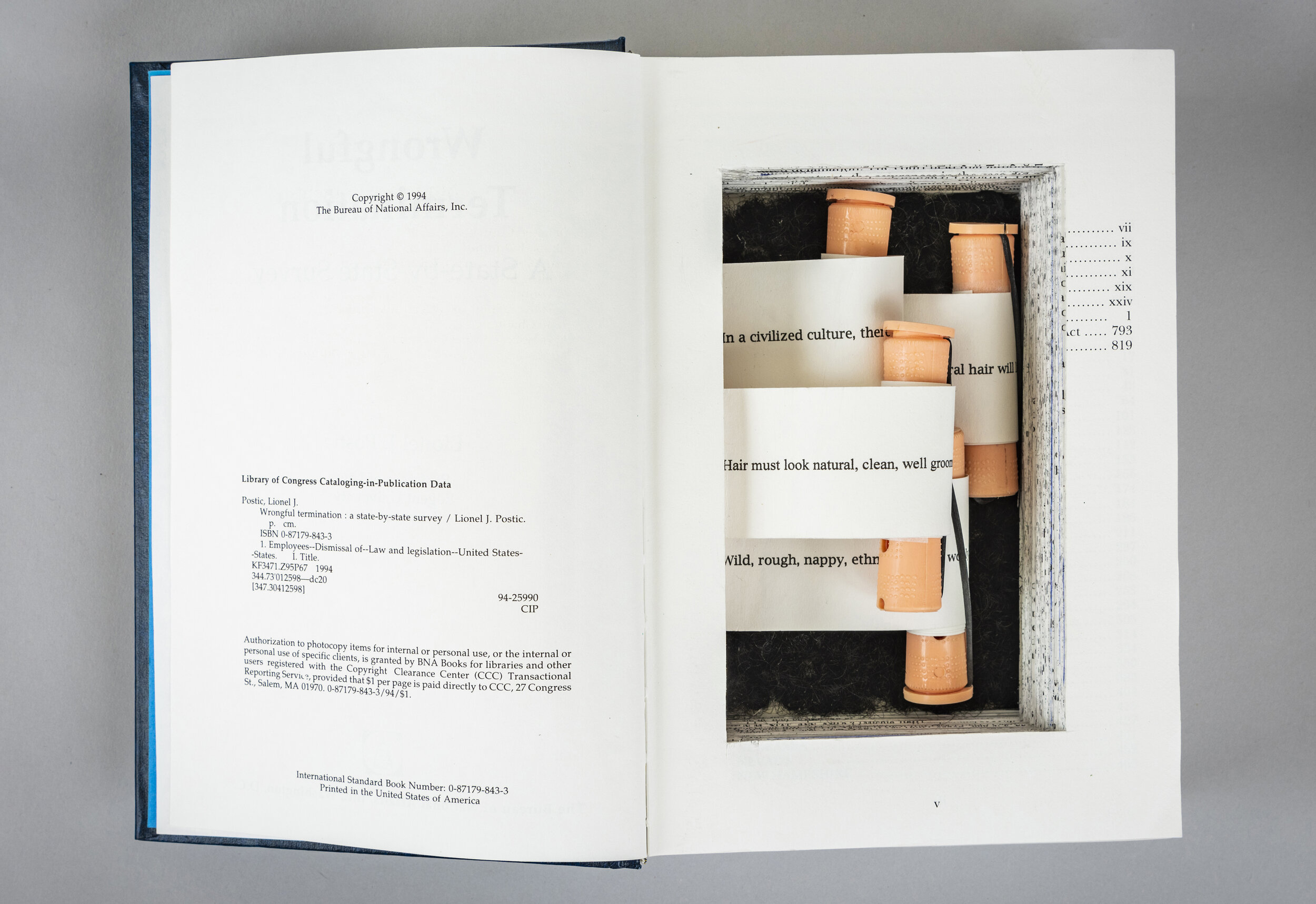

Wrongful Termination addresses race-based discriminatory practices. Starting in the 1980’s, multiple suits have been filed against employers, schools, and other agencies by people of color (primarily women) who were fired, passed over for promotion or hiring, or sent home for wearing their natural hair. Wrongful is a unique altered book featuring two original poems and texts from newspaper editorials.
In 2019, California and New York became the first and second states respectively, to pass the Creating a Respectful and Open World for Natural Hair or CROWN Act, to end race-based hair discrimination. According to a study sponsored by Dove:
A Black woman is 80% more likely to change her natural hair to meet social norms or expectations at work.
Black women are 50% more likely to be sent home or know of a black woman sent home from the workplace because of her hair.
More information about the CROWN Act can be found here. The CROWN Act is not about feeling good about oneself or one’s body, but about fighting discriminatory practices based on race.
A special thanks to Annie Howe, for the warm welcome she extended to her Baltimore studio earlier this year. Annie introduced me to a new knife and insisted that I bring home the samples that were used to carve out the book. I had so much fun at our visit that I didn’t think to take photos!
Modeling the Message - Book Divination Tool /
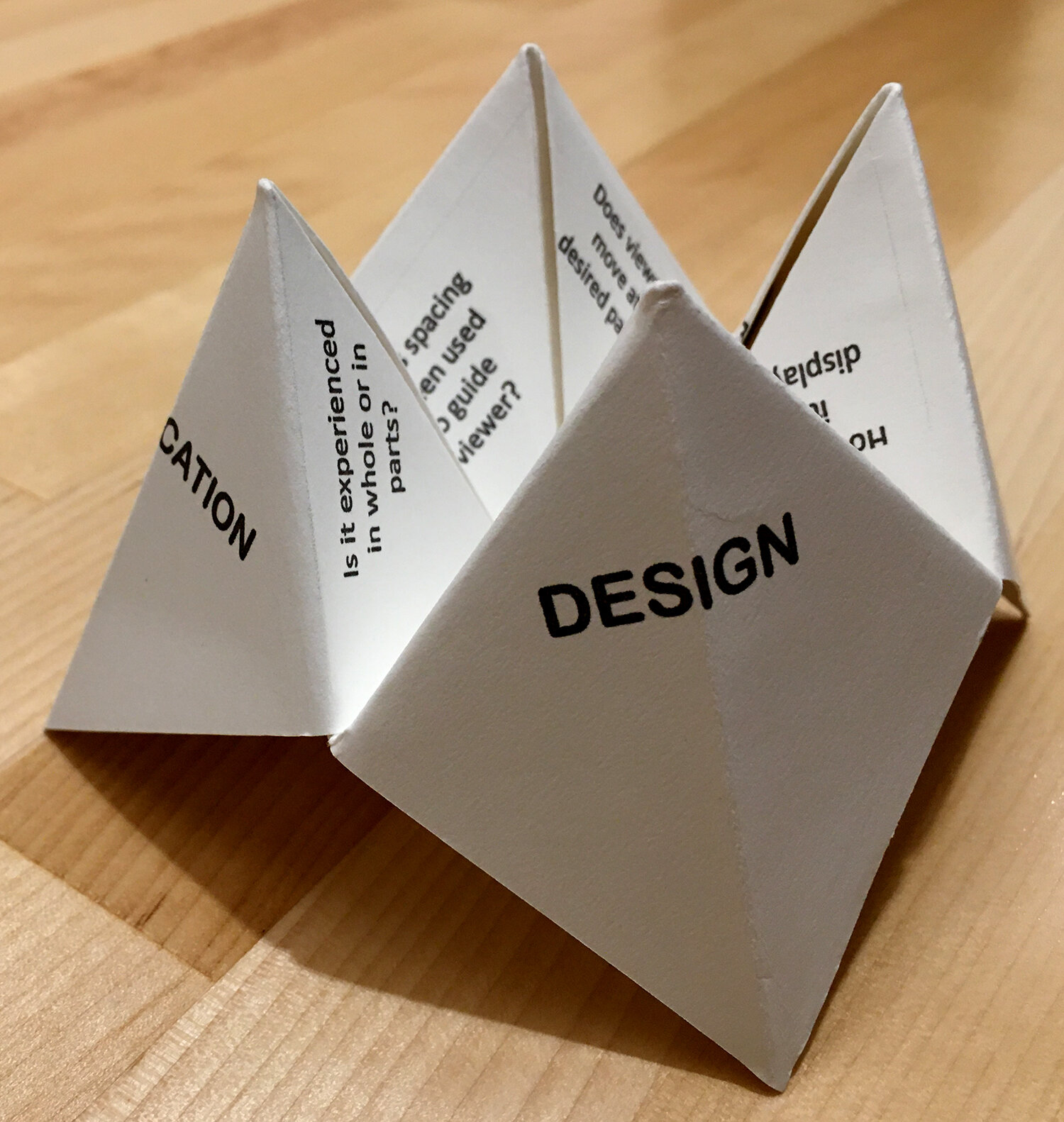
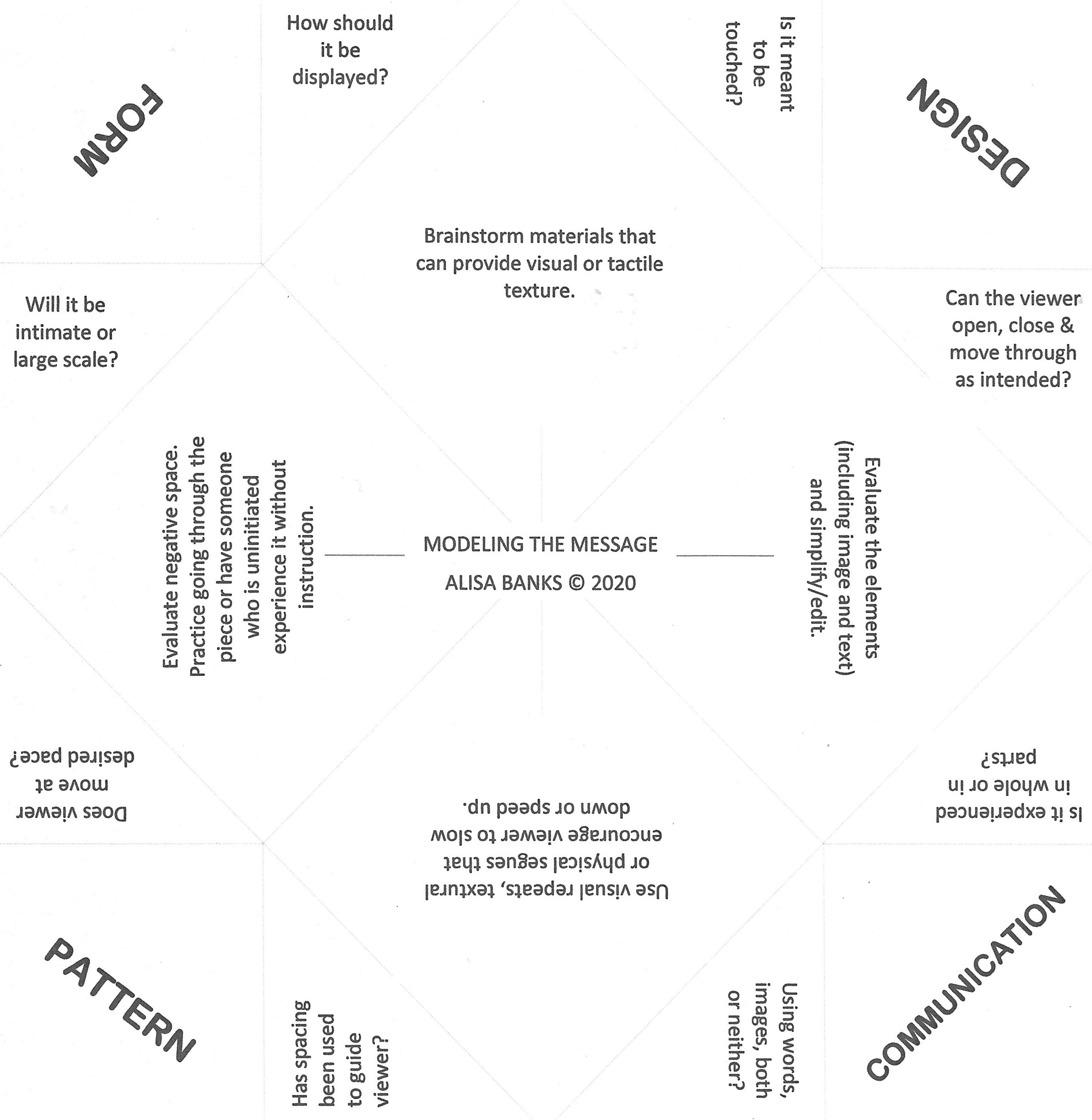
This tool was created for Modeling the Message: A Fusion of the Verbal and the Visual, a talk I gave at Scripps College for the Frederick W. Goudy Lecture Series, February 6, 2020. Click the button below to download your free standard copy of this tool and use it to evaluate your project. Print the pattern on regular paper. Folding instructions are included in the document.
To Use: Spell out the 4 principles - Communication, Design, Form, or Pattern while opening and closing the model. Read and answer the question that opens. Flip up the corresponding triangle for action tips.
For an interesting read about the cootie catcher, the form used for this tool, see the article linked here.
2020 Frederick w. Goudy Lecture Series - Scripps College - February 6 /
Image: When Is Now (Afro)
College Book Art Association Conference - New Orleans /
Happy New Year!
I am attending the CBAA conference in New Orleans to start out 2020 and will have several books for viewing at the member’s showcase.
Reed College - Portland, OR /
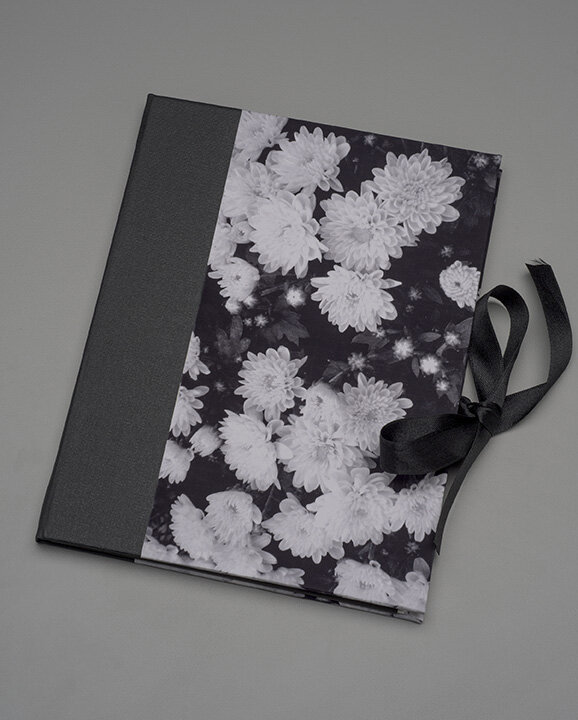
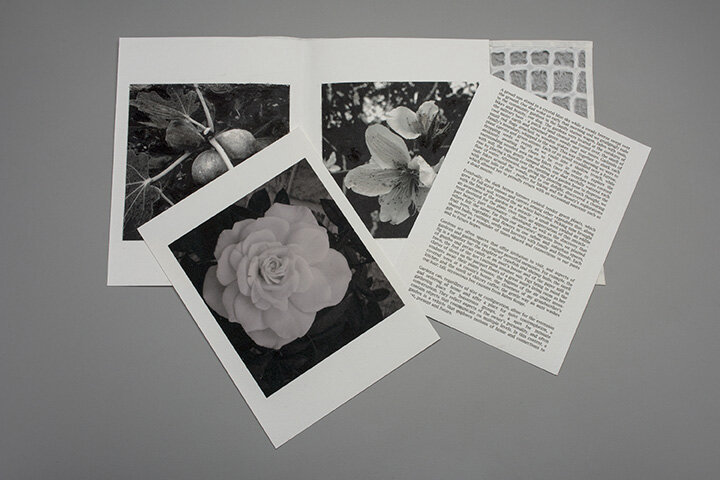
Planted is housed in the Special Collections and Archives Library at Reed College, located in Portland, OR.
The library holdings include rare books, manuscripts, calligraphy and letter forms, and an artist book collection as well as others. More information is located on the Special Collections page where one can learn more about the origin and focus of the various collections. The Artist Book Collection has a searchable database. It appears that all works are not accessible via the digital library, but one is able to access holdings using the main search function. The collections are open to the public. The Visit Us page outlines instructions for visitors wishing to access work.
Planted consists of one deluxe and a standard edition of four. The edition featured above, which is in the Reed collection is a standard edition. It features an essay on gardening and how gardens have the potential to connect to ancestors.
Schomburg Center, New York Public Library /
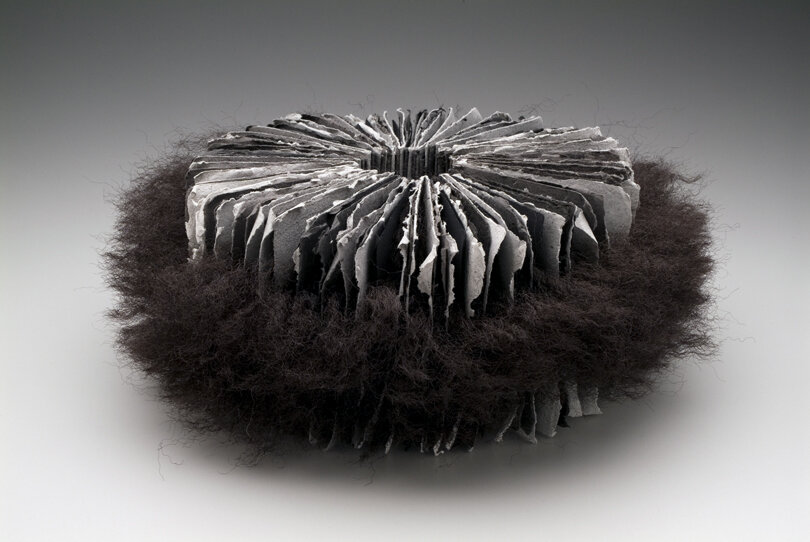

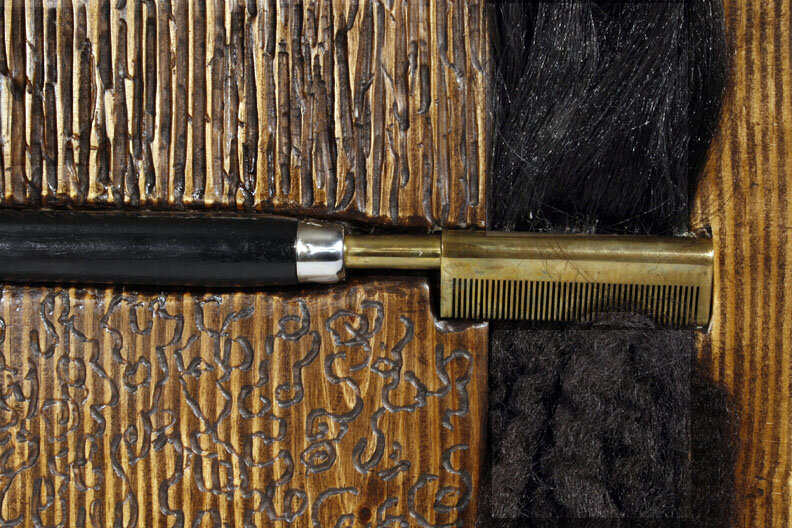


Bone Straight, Afro Centric, and Bad Hair are three books housed in the Schomburg Center for Research in Black Culture of the New York Public Library. The Center is located in Manhattan and “is generally recognized as the world’s leading research library devoted exclusively to documenting the history and cultural development of peoples of African descent worldwide.” The Center was founded during the Harlem Renaissance, and since that time, the collection has grown to over 10 million items.
The Center offers diverse programming, including lectures, exhibitions, classes, and workshops in addition to supporting research. Many of the collections are available digitally. Access to the Center is free, but a library pass is required for entry. Visitors who do not reside in NYC are invited to apply for a free library card on-line, which is valid for three months.
The Center has an extensive website that also includes helpful tips. In addition to obtaining a library card, visitors are encouraged to reach out to the staff to reserve materials in advance. Researchers can search the collections on-line prior to visiting and tours are also available and can be arranged in advance. Personal items must be checked in before entering the research areas and check in service is free.
Hair fiber is feature in several of my works, including the three that are in the Shomburg collection. Sometimes, the subject of the works are hair culture and sometimes not, but these three in particular are. Afro Centric is celebratory, while Bone Straight is a witnessing. Bad Hair is about discriminatory employment practices.
bookish terms /


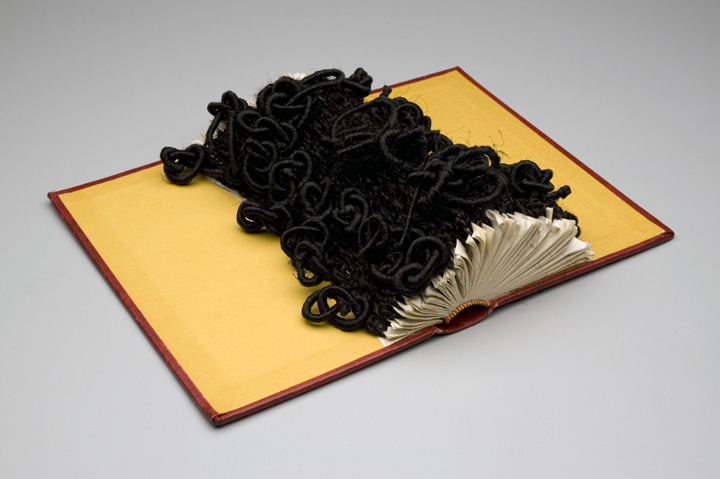
Here is a brief rundown two common terms used in book arts:
Edition
This term is often seen in book descriptions. A book will either be part of an edition or a unique offering.
An artist can determine how many of a book to make. An edition can be as few as two or it can be hundreds. An open edition means that more of the book can be made in the future. Other editions are finite - the artist determines how many to make, usually before production.
Each individual work in an edition may be exactly the same, or may differ somewhat. For example, in my Edges series, which is made from books that were altered by cutting and adding needlework, I created four for the edition. Each of the four original books are from same literature series and the subject of the finished pieces are the same, but each individual book features a different “hair style.”
Sometimes an artist will decide to create a deluxe and standard edition. Deluxe editions usually have something special that the standard edition does not. The special item may be how the book is printed (more on that later), a custom box made to house the work, inclusion of a sculptural component, or the addition of a precious metal. Deluxe editions are usually costlier than standard editions.
In order to identify individual books in an edition, the artist will assign it a number. For example, the third book of an edition of 10 will be notated as: Edition 3 of 10 or 3/10. This numbering system is also used in printmaking. Some may feel that the number in the edition denotes quality, but this is usually not the case.
A unique book means that it is the only one. No other copies were made.
An Artist Proof (A/P) means that there is something a little different in this book. Even the most streamlined book requires test runs. An artist proof is often a run that is acceptable, but maybe a feature, such as a type of paper, color of ink, image, etc. was changed before the edition was produced.
Press Name
Some books will feature a small logo or text denoting the press name. Consider a book obtained from a mainstream bookseller. The publisher’s imprint (name) is listed - usually on the spine, and the front or back covers. In basic terms, a publisher charges to print and sell books. Publishers offer other services too, such as editing and designing. Most makers of artist books are self publishers - they make the decisions for their work and often fabricate the work themselves. Many artists use a press name even if they create books without text. Others do not. Having or not having a press name in an of itself does not determine the value of an artist book.
In the next Bookish post, we’ll discuss printing terms.
What the heck is an artist book anyway? /
I’ve been making artist books for years and know of many others who make them. However, our community compared to that of say, writers, sculptors, and painters in the general population is quite small.
Often, I am asked to define what an artist book is. Most know what a painting is, what a sculpture is, what a novel is…at least in general terms. An artist book can be all of those things and more! In many cases, one can touch an artist book even if it’s with gloves. This is very different from experiencing other types of art and the artist can manipulate these qualities to enhance the viewer’s experience.
Many have attempted to distill the definition of an artist book. Suffice it to say an artist book can consist of any of the following:
A writing encased in a fine binding
A bound collection of images or writing
A sculpture made from a book or books
An old book that has been altered - ex. painted, folded, cut - to enhance the original meaning
A box with papers featuring unique writing.
A book form constructed with unconventional materials such as plastic, plants, soil etc.
This is certainly not an all-inclusive list. Most artist books have a sculptural component and text, but not all. Most are portable and meant to be touched, but not all. The image above is of Continuum, which I also consider an artist book that is in the form of a quilt. The lines between the book and other forms of art are indeed blurred. Books can be made of textiles, tiles, or plants. There are even edible books!
Exploding the Codex /
Poule Aye will be featured in Exploding the Codex at LSU Libraries Special Collections in Baton Rouge August 19 – December 13, 2019 at Hill Memorial Library. Celebrated artist Julie Chen of Flying Fish Press will present a talk at 5pm, Thursday, October 24 at the LSU School of the Arts. The exhibition and lecture are free and open to the public.
Poule Aye consists of one page, part of which is folded to form a “shotgun” style sharecropper’s home and part of which contains a “field” of text. A backyard chicken coop and be viewed through the front door when the book is open. The façade is an image of one of the homes that my dad lived in as a boy. Poule Aye examines ones relationship with place and identity. I am happy that this edition of Poule Aye is so near Ventress, LA, the place that inspired the story.
Skillman Library at Lafayette College /
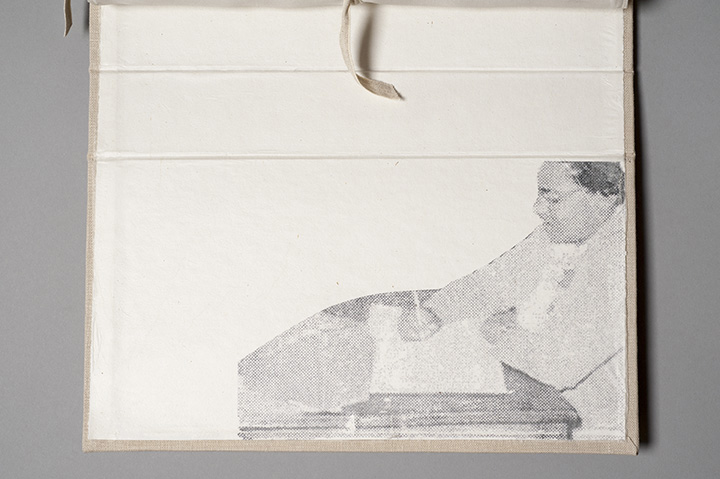
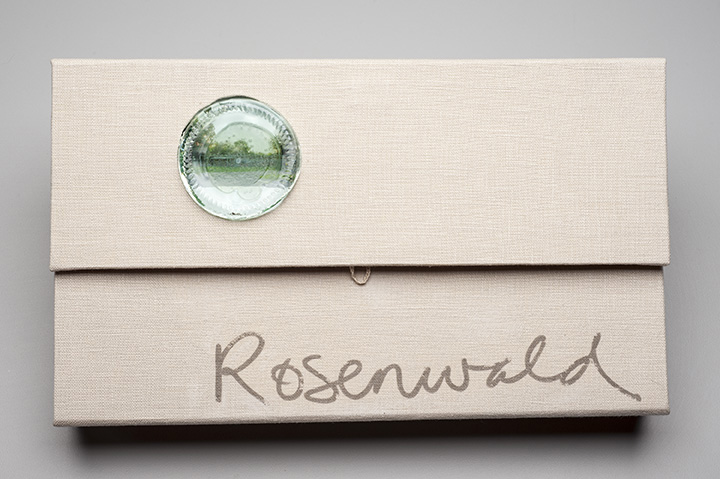
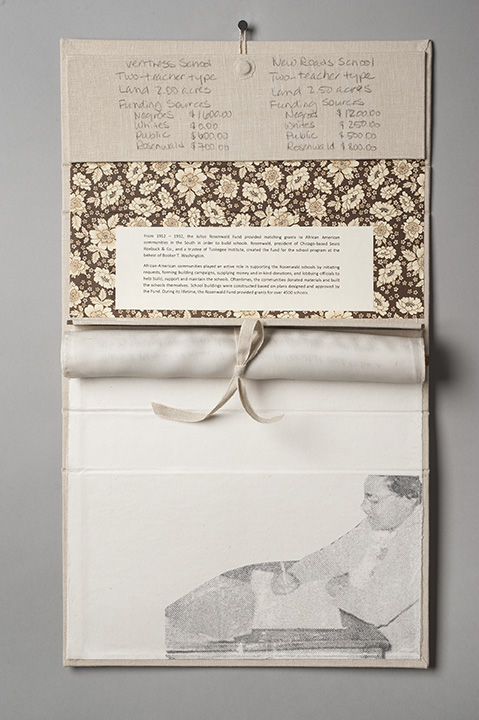
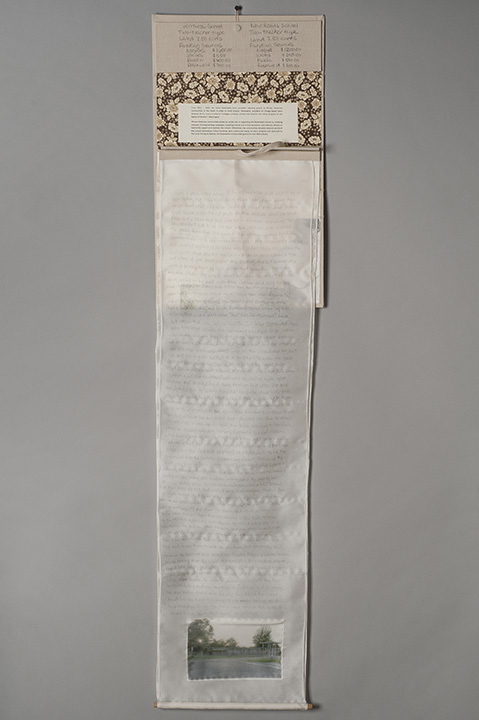
Lafayette College is located in Easton, PA, about an hour or so from Philadelphia. The rare book collection of Skillman Library at Lafayette is home to over 15,000 volumes of printed objects including works about its namesake, the Marquis de Lafayette, slavery and abolition, angling, and artist books. The collection also includes early editions of works by Stephen Crane, who spent a semester at the college, and miniature books.
The artist book collection is diverse, with subjects including but not limited to the environment, books on race relations, alphabet books, books featuring photography, and books on women and gender. There appears to be limited on-line access to the artist books - but one can view the holdings in the on-line catalog. I was able to pull up my book Rosenwald, which is in their collection. Skillman also does a good job explaining their collections, how to search the collection, and discussing visiting etiquette. Skillman library holds exhibits of their collection and announces them on-line. Synopses of past exhibits can also be viewed.
I wish I’d known about Skillman Library years ago when my sister and her family lived outside of Philadelphia. I really enjoyed my visits there, and if ever there’s an occasion to return, I will be planning a visit to Easton!
